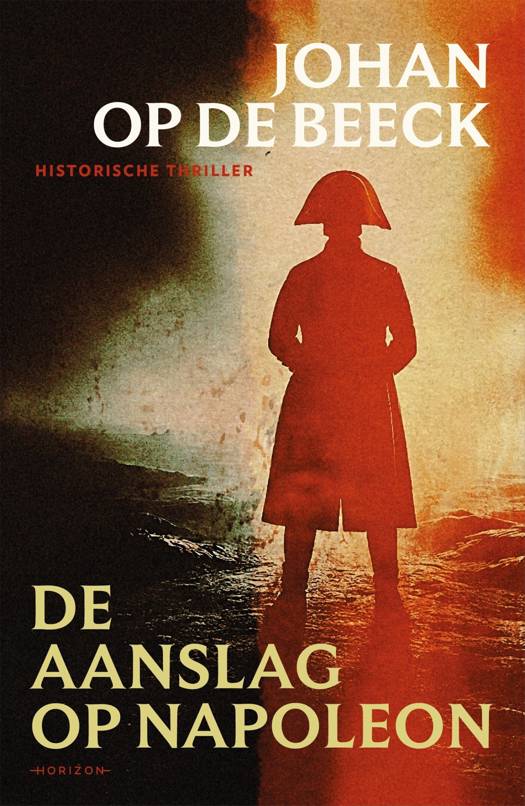
- Afhalen na 1 uur in een winkel met voorraad
- Gratis thuislevering in België vanaf € 30
- Ruim aanbod met 7 miljoen producten
- Afhalen na 1 uur in een winkel met voorraad
- Gratis thuislevering in België vanaf € 30
- Ruim aanbod met 7 miljoen producten
Zoeken
Omschrijving
This book puts forward an interpretation of the Canticle which is alert to the literal sense of the poem. The author thus distances himself both from the allegorical interpretation and from an interpretation that is purely secular. According to the author, the Song offers a theological vision of human love. Barbiero sees the Song as composed in the third century BC, in the Hellenistic epoch, but also as hugely dependent on the love poetry of the Ancient Near East, particularly that of Egypt. Above all, however, the Song was composed in dialogue with the other books of the Old Testament, especially in contrast with the negative view of sexuality which they represent. The study pays particular attention to the structure of the poem and of the individual cantos: for Barbiero, the Song is a closely unitary work and is only to be understood as a whole.
Specificaties
Betrokkenen
- Auteur(s):
- Uitgeverij:
Inhoud
- Aantal bladzijden:
- 560
- Taal:
- Engels
- Reeks:
- Reeksnummer:
- nr. 144
Eigenschappen
- Productcode (EAN):
- 9789004203259
- Verschijningsdatum:
- 26/04/2011
- Uitvoering:
- Hardcover
- Formaat:
- Genaaid
- Afmetingen:
- 168 mm x 246 mm
- Gewicht:
- 1065 g

Alleen bij Standaard Boekhandel
+ 717 punten op je klantenkaart van Standaard Boekhandel
Beoordelingen
We publiceren alleen reviews die voldoen aan de voorwaarden voor reviews. Bekijk onze voorwaarden voor reviews.











